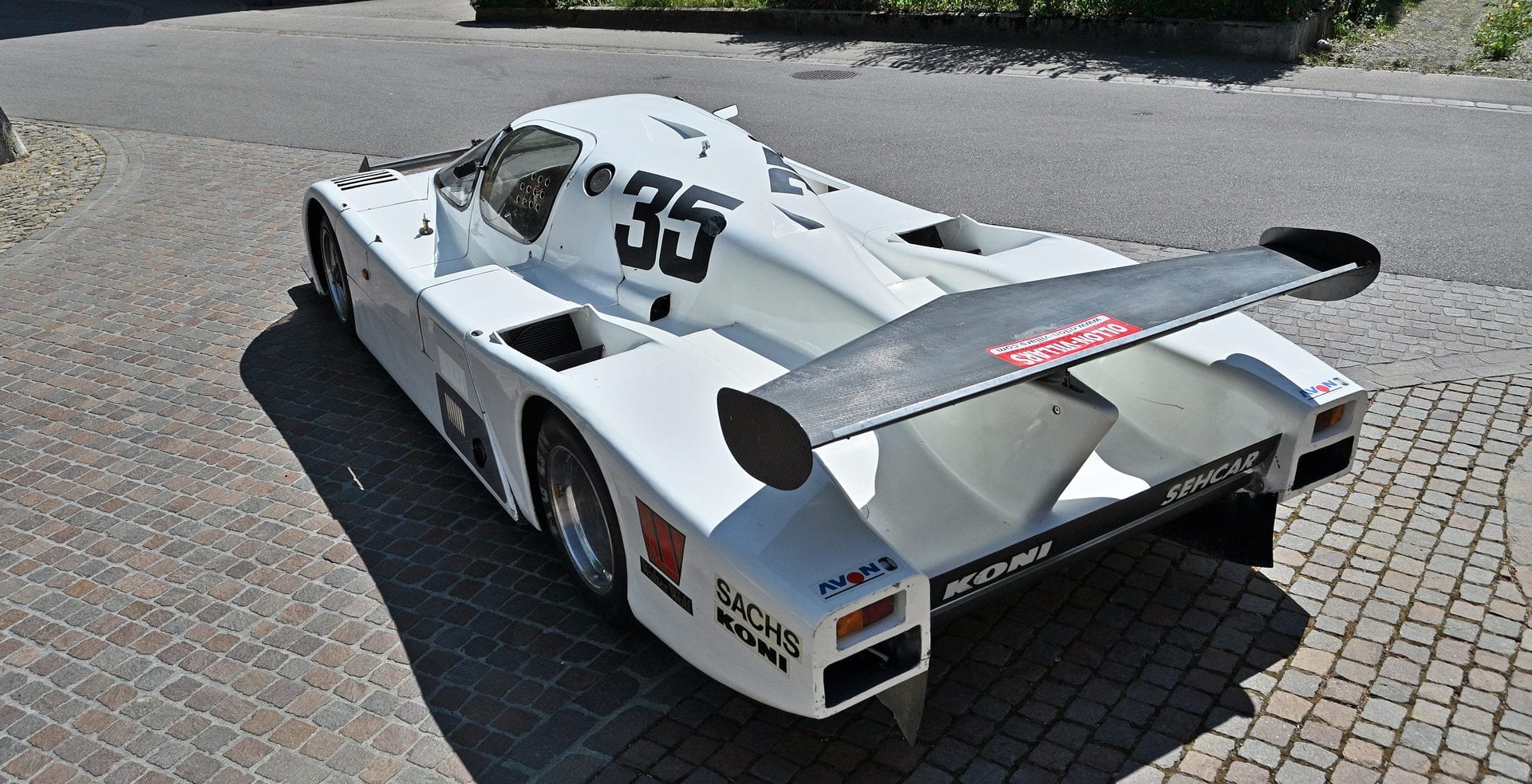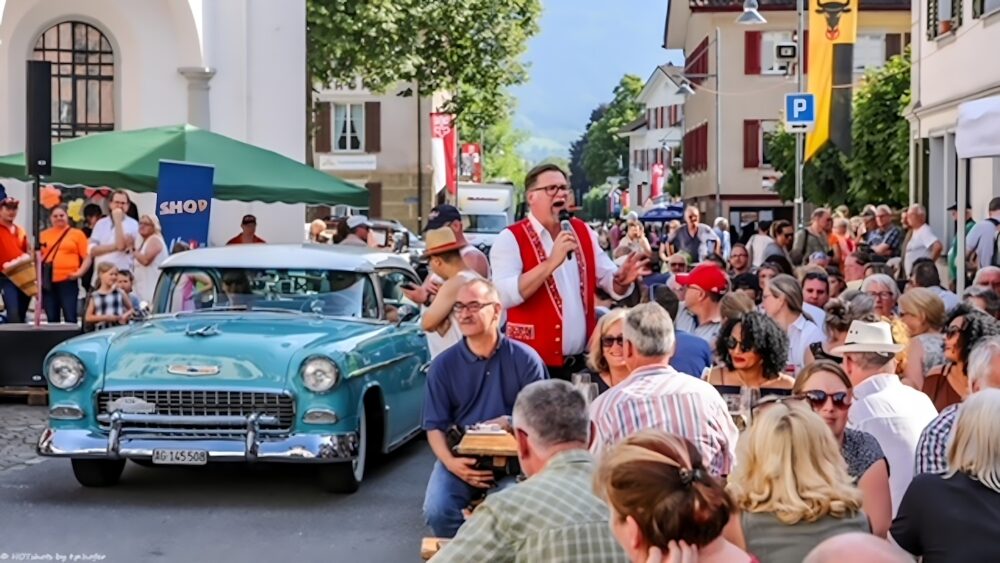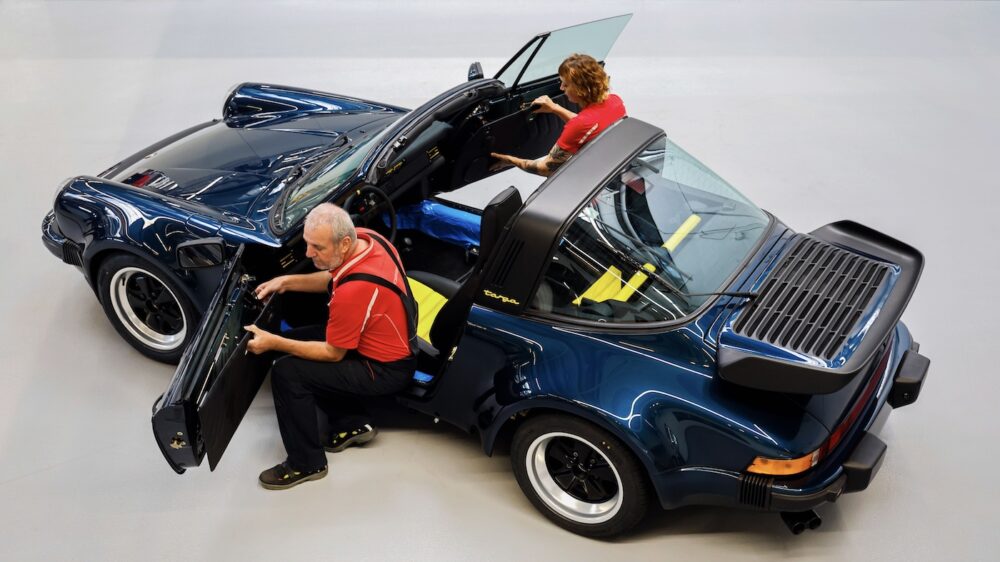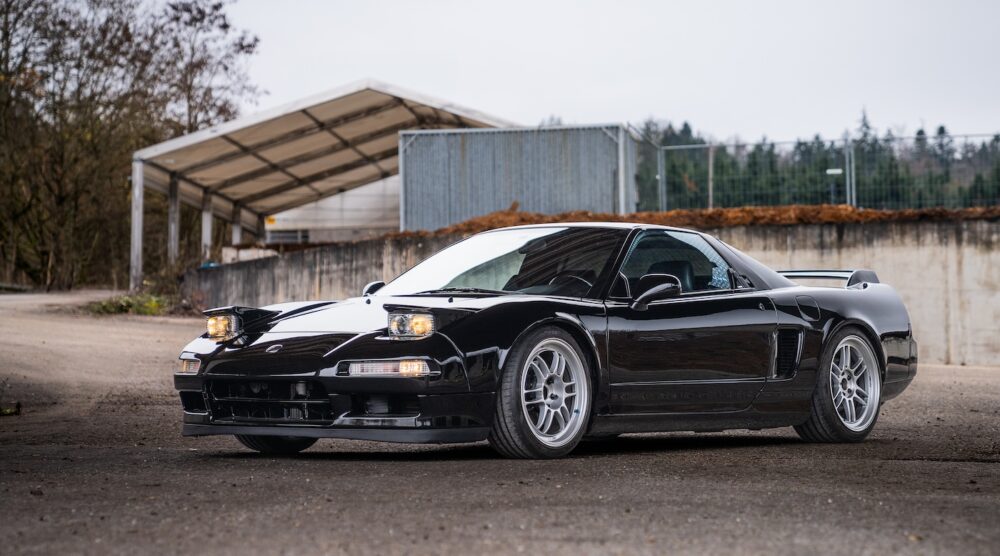Sehcar-Porsche: Back on the race track
UNICAT A Sauber collector has made the Sehcar Porsche once commissioned by Walter Brun ready to drive. The unique Group C sports car will soon be seen again for demonstration on race tracks after 36 years. The unique chassis/engine combination of the Group C sports car was commissioned by Walter Brun in the winter of 1982/83. In principle, the Sehcar corresponded to the 1982 [...]
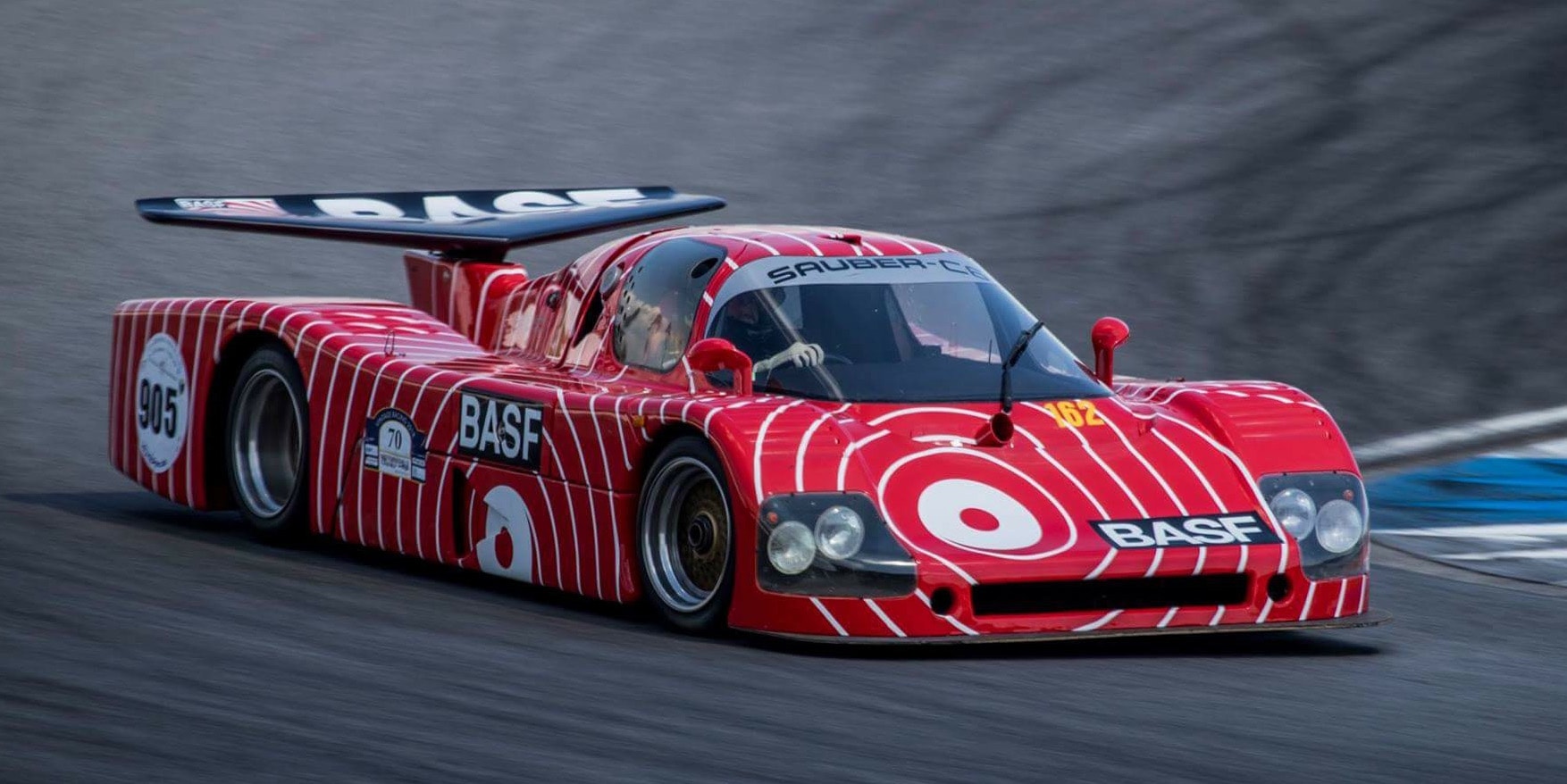
The unique chassis/engine combination of this sports car based on Group C regulations was commissioned by Walter Brun in the winter of 1982/83. In principle, the Sehcar corresponded to the SHS C6 designed by Peter Sauber in 1982. The capitals stood for the company Seger+Hoffmann, which made the fairing, and Peter Sauber, who built the chassis.
Bought out by Walter Brun
GS Motorsport from Freiburg im Breisgau entered the SHS Sauber C6 in the one-make World Championship and the German Racing Championship. When the southern German company was on the verge of ruin in the late summer of 1982, the fast privateer from Lucerne took over the entire team and subsequently founded Brun Motorsport.
The premiere of the new Swiss team on September 19, 1982, went very well, with Walter Brun and Siegfried Müller Jr. finishing fifth overall in the 1000 kilometers of Mugello. The shrewd businessman from Stans would have liked to have purchased the new high-flyer Porsche 956 back then. But since the first examples for customers were already sold out, Brun stuck with the Swiss design for 1983 for the time being.
Three C6 with three engines
In that season, however, the sports cars were no longer called SHS Sauber, but ran under the name Sehcar with the type designation C83 in reference to Seger+Hoffmann. One car continued to have a Ford-Cosworth naturally aspirated V8 engine in the rear with the typical delta wing, while the second was fitted with a BMW six-cylinder turbo engine developed by Schnitzer.
This meant that Brun had a serious accident at the 1000-kilometer race on the Nürburgring - the last one on the Nordschleife. However, the Lucerne native got off relatively lightly with a broken arm and bruises.
Brun Motorsport received a third new chassis from Thompson in England, which was fitted with a Porsche 935/76 turbocharged engine. The same engine was used in the high-flying Porsche 956, which was only fielded by the factory in 1982 and by customer teams from 1983.
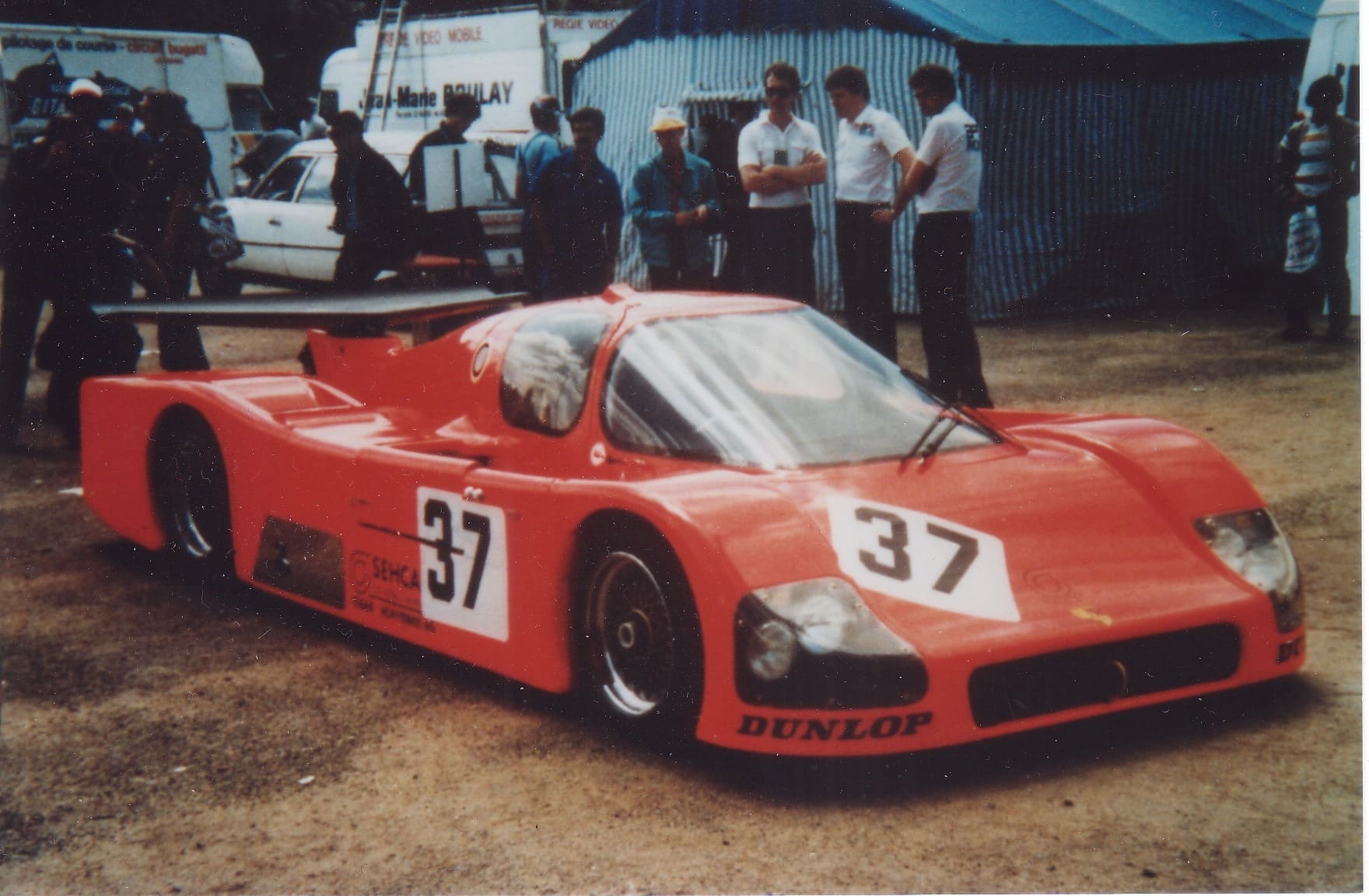
First debacle at Le Mans, then on the way to the world championship title
This private Sehcar Porsche, with which Peter Sauber no longer had anything to do, was only finished at the last moment virtually on the race track at Le Mans. Unlike the Porsche drivetrain, the fairing made by the actually capable Steckborn body shop did not withstand the stresses of the high-speed circuit.
After several incidents, Brun withdrew the "standing car" from the 24-hour race after practice (35th time) and, unnerved, returned it to Seger+Hoffmann. Still on site, the ambitious and go-getting team boss, who made his money from slot machines, ordered a Porsche 956, which was followed by e¡nother Group C sports cars from Weissach.
The rest is history: In 1986 Brun Motorsport won the Team World Championship title over the works cars of Porsche, Jaguar and other customer teams, and in 1987 second place.
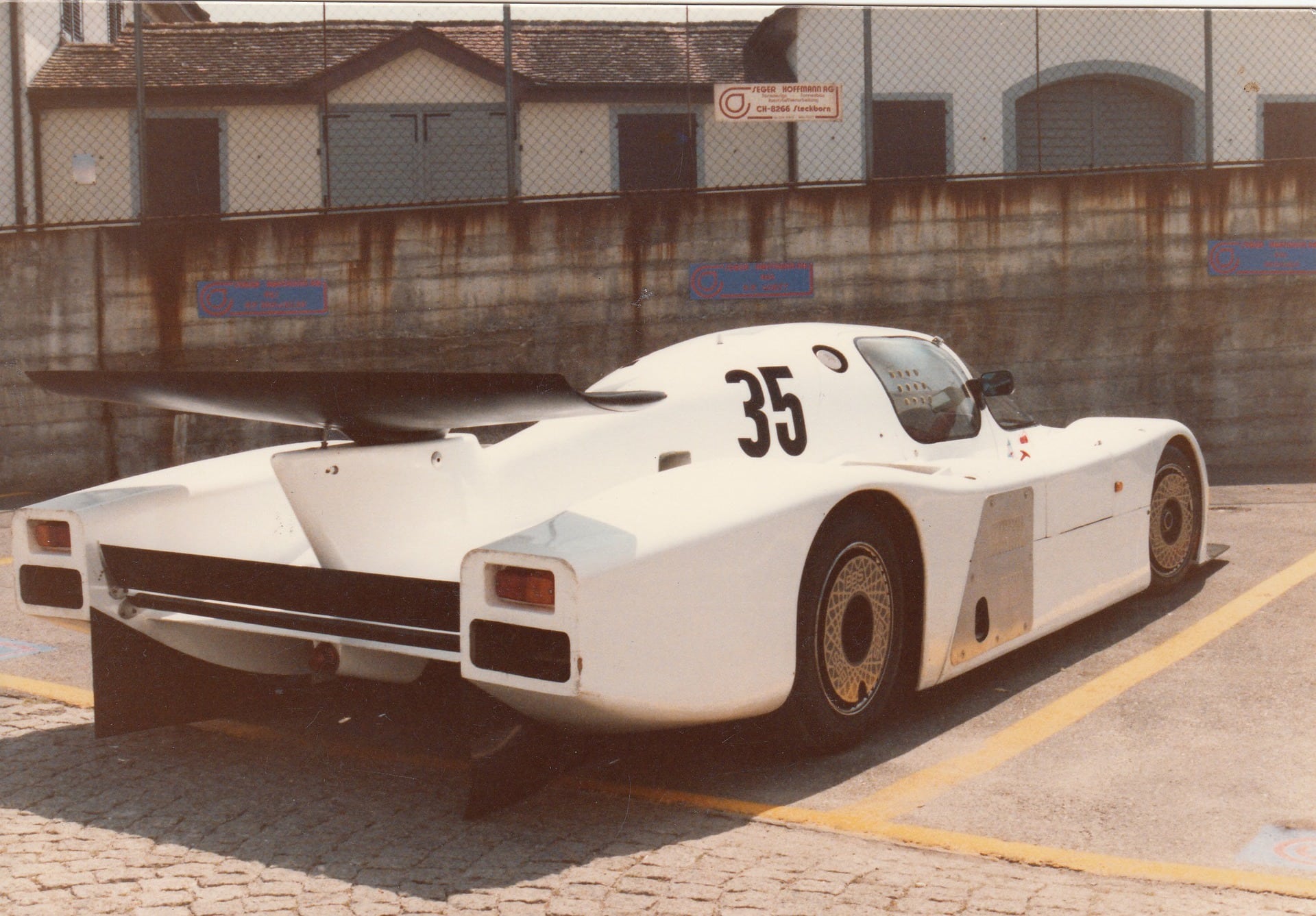
At least a countable result
The Sehcar Porsche reappeared in 1984 under the promotion of Angelo Pallavicini's Procar Automobile AG, who had purchased all the equipment from the Thurgau-based company. There was one finish in five attempts.
Thus the Sehcar Porsche went down in the annals of a world championship race with a 15th place by Huub Rothengatter (NL) and Clemens Schickentanz (D). After another retirement at the last Interseries race in 1984 in the context of Formula 1 at the new Nürburgring with Harald Grohs at the wheel, this unique specimen disappeared from the scene.
Reconstruction from individual parts
After a long insistence with the subsequent owner and with luck, a Sauber collector from northwestern Switzerland, who does not wish to be named here, came to the Sehcar Porsche. He rebuilt it from completely existing original parts.
It was astonishing that, despite the long storage time, practically the last screw was still present. This had simplified the reassembly enormously.
Since the future purpose of the car is not yet clear, the FIA papers are currently being drawn up. Only this would allow the car to compete in the future, for example in the Le Mans Classic or the historic Group C racing series. However, the new owner himself does not intend to do this, but wants to show the sports car in action at classic events.
Return during demo rides
In order to run it from this year - or 2021 if not possible before - without the risk of engine failure, consideration is being given to fitting a more modern turbo engine from the Porsche 996 instead of the historic 935/76 Turbo.
Thus, 36 years after its last use, this unique sports car will once again be seen on closed-off tracks. And in the foreseeable future, it will even be seen in Switzerland for the first time ever.







